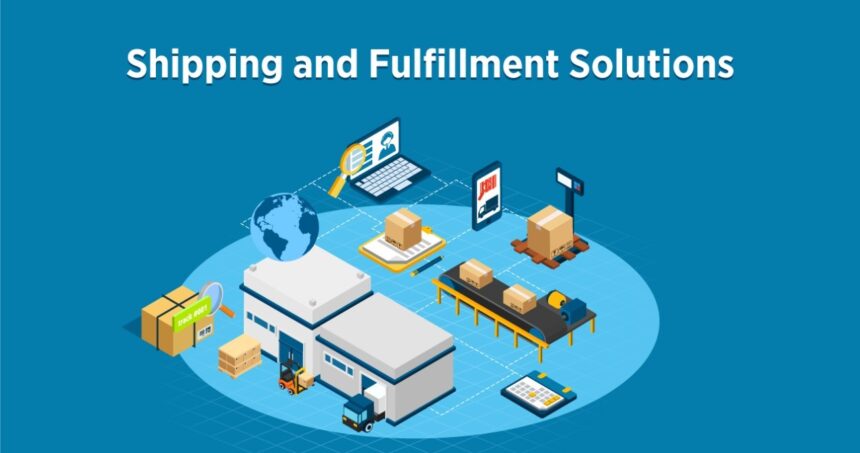When you have an e-commerce site, one of your biggest expenses is having a third party handle your fulfillment. That’s why many owners opt to do it themselves. Handling your own fulfillment for an ecommerce store can save you money and give you full control over the process. You get to manage everything, from how orders are packaged to how quickly they’re shipped.
Of course, this takes planning, especially if your business grows quickly. But if you’re ready to take on the challenge, doing your own fulfillment can keep things running smoothly and help your store stand out. In this article, we will go over how to run your own fulfillment.
1 – Choose a Shipping Provider
Shipping plays a big role in how your ecommerce business runs, and picking the right carrier can affect both your costs and how happy your customers are. There are plenty of carriers to choose from, and they all have different options based on things like package size, weight, and where it’s being sent.
You’ll want to find the right balance between cost and speed to fit your business. For example, California Courier Services could be a good option for local deliveries if you want something more specialized.
It’s a good idea to check shipping rates regularly and compare them across carriers. As your business grows, you might be able to get better prices by negotiating deals with carriers based on your order volume. Also, offering different shipping options gives your customers more choice and flexibility.
2 – Have an Inventory Management System
Having an organized inventory is important for keeping your fulfillment process running smoothly. When your products are easy to find and track, you can get orders out faster and avoid mistakes.
To help with this, using inventory management software is a smart strategy. There are lots of options to choose from, and they make it easy to see what you have in stock, track orders, and know when you need to restock. The right software will give you real-time updates, so you never have to worry about running out of items or selling something that’s no longer available.
It’s also helpful to organize your products in a way that makes packing orders quick and easy. Labeling shelves or bins and grouping similar items together will save you time. You could organize by category, size, or how often certain products are sold.
3 – Use Good Packaging Material
The packaging you use will have a big impact on your revenue and it starts with thinking about the products’ size and weight. For smaller or lighter items, padded envelopes or lightweight boxes might be enough. If you’re shipping larger or fragile products, you’ll need stronger boxes and extra padding to keep them safe.
Adding a personal touch to your packaging can also help boost your brand. You can put your logo on the box, use custom tape, or throw in a thank-you note to make the unboxing more special for your customers. These little details show you care and help create a connection with your brand.






